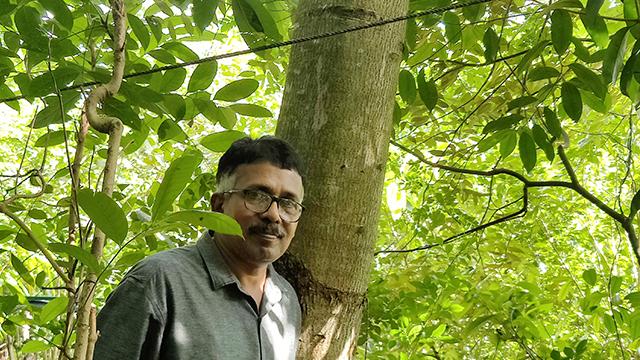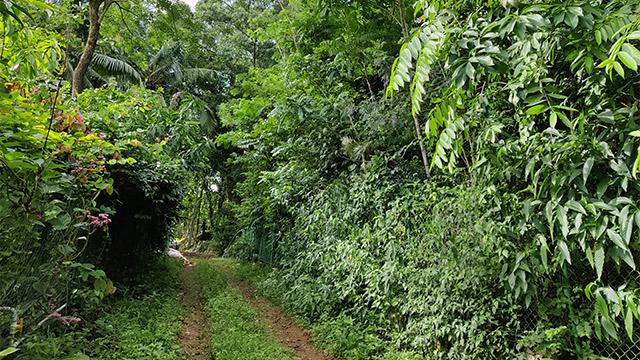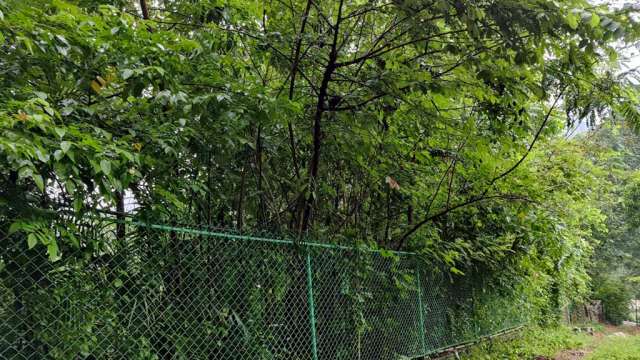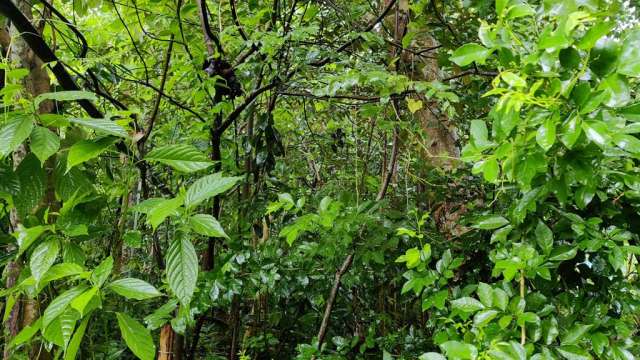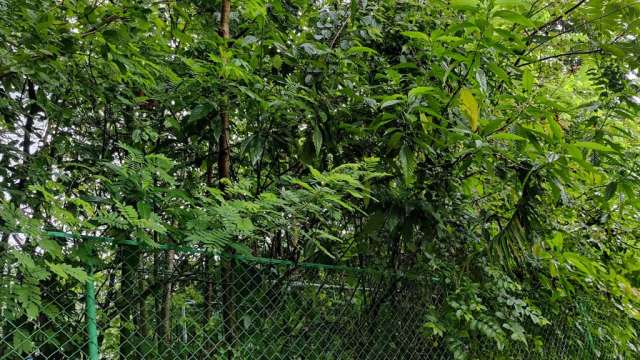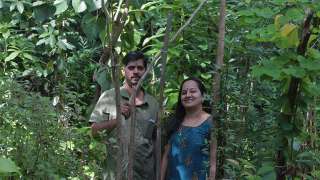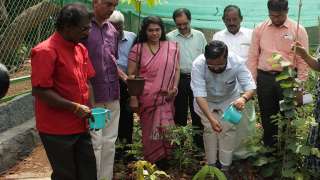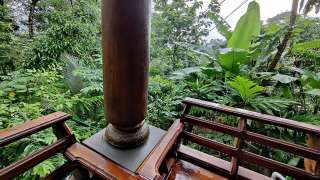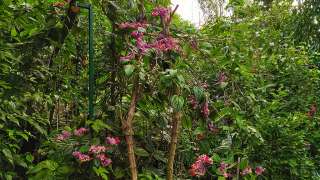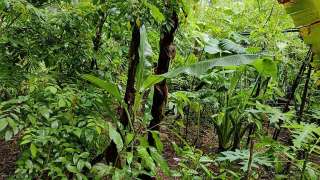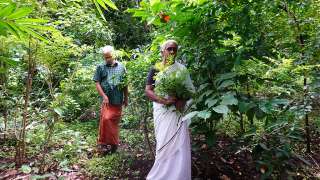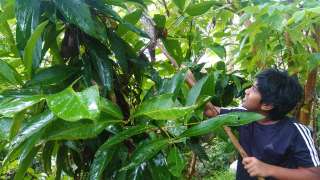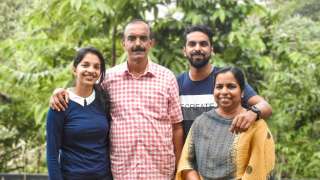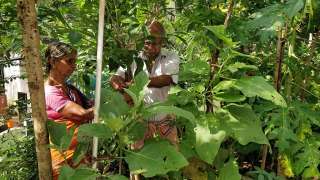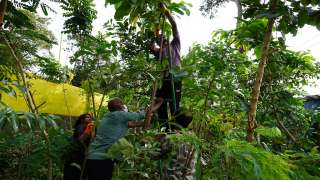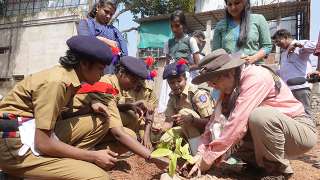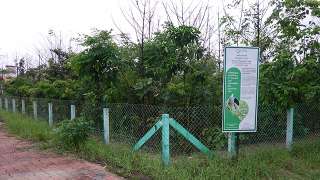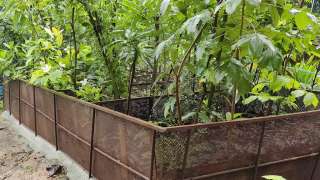Place
Puliyarakonam
Area
175 sq m
No. of Plants
397
Planted On
31-01-2018
Type of Land
Drainage Basin
Type of Forest
Wild
A Cultivated Forest in Rocky, Hilly Terrain
For many years, Mr M.R. Hari, the Managing Director of Invis Multimedia, dabbled in gardening experiments at his property in Puliyarakonam, a rocky and hilly area in Thiruvananthapuram, but each was a failure. Finally, Prof. Akira Miyawaki’s model inspired him to try his hand at a new method of afforestation. With the help of a few keen volunteers, he implemented the Miyawaki techniques on his virtually untillable and almost barren land, and tasted the first fruits of success.
Soon, greenery conquered its granite and laterite adversaries; oases of Miyawaki forests began to advance towards one another in a bid to extend their leafy embrace all over the hillock; birds, butterflies, insects and small creatures set up residence there as they found food, water and refuge in the branches; newer seeds sprouted and added to the diversity of vegetation in the area; atmospheric temperature in the area registered a considerable dip; and the depleting groundwater levels started rising.
It was not long before the world of Nature-lovers began to take notice of the painstaking work done by Invis Multimedia to walk the talk, and the sincere efforts it made to propagate this phenomenally effective means of greening our anguished planet. Invis Multimedia bagged the WTM World Responsible Tourism Silver Award in 2021 in the Decarbonising Travel and Tourism category. This was in recognition of the afforestation activities undertaken by the company at Puliyarakonam, following the principles of the world famous “Miyawaki Model”.
Why the Miyawaki Method?
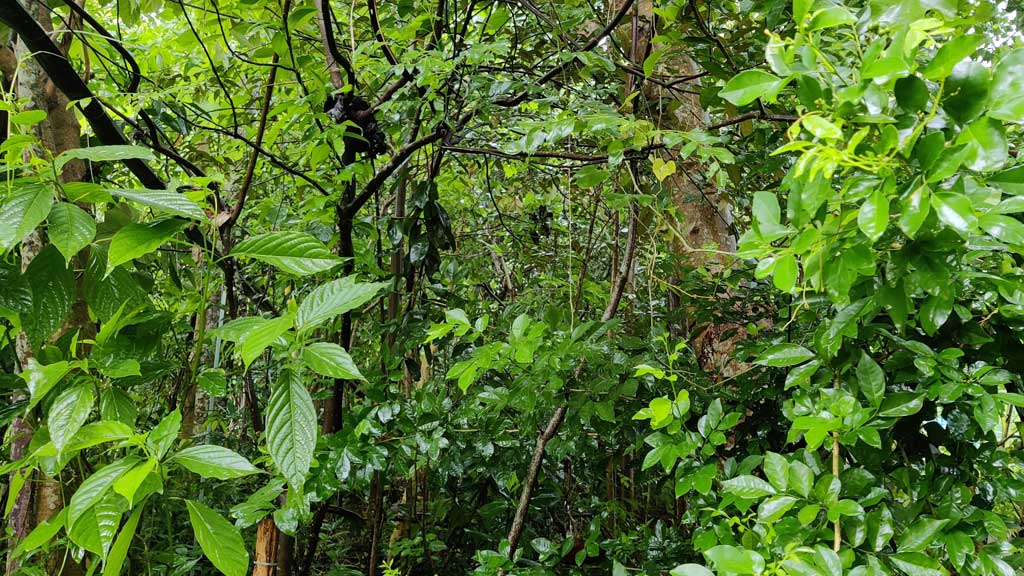
It was the concept of growing native plants in a small area that initially attracted Mr Hari to the Miyawaki method of afforestation. Prof. Miyawaki’s model advocates crowded planting of a wide variety of indigenous plants (Potential Natural Vegetation) – comprising trees, sub-trees and shrubs – in a suitably prepared seedbed. In their struggle for sunlight, all the plants will grow fast and strong, and simulate a 100-year-old natural forest in a matter of 15-30 years. No model has so far been able to outmatch the Miyawaki template in accelerating the growth of the entire ecosystem of a region. As this model lends itself to the creation of forests in tiny patches of land in urban areas, it is highly recommended for the speedy greening of cityscapes.
Where is it Located?
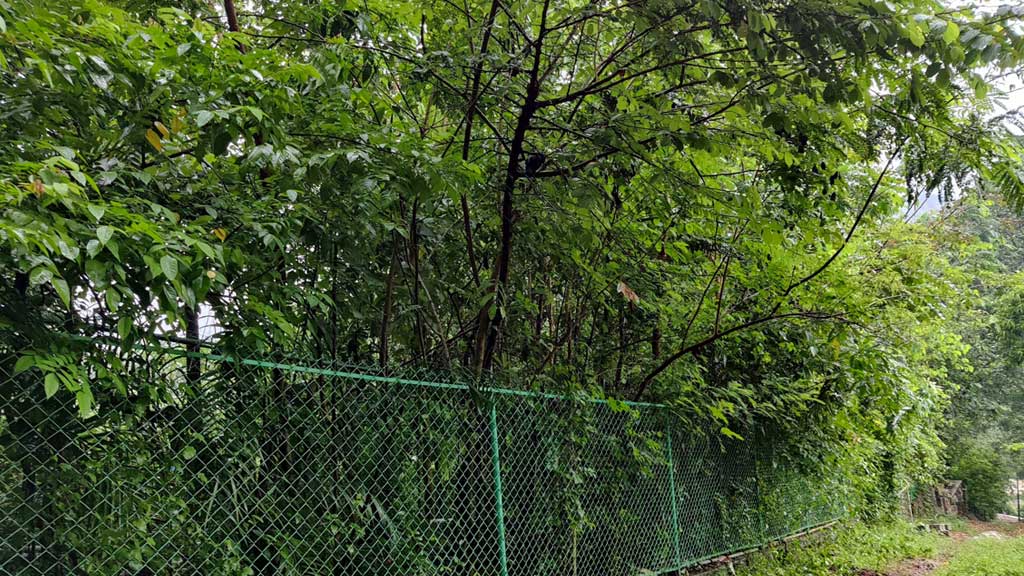
Puliyarakonam forest is located in Mylamood in Thiruvananthapuram.On the road from Vattiyoorkavu to Puliyarakonam, you will see Mylamood Church on the left side half a kilometer away from Vellaikadavu Bridge and half a kilometer behind Puliyarakonam. If you take the road beside the church on the left side, and proceed about 500 meters, you will see a waiting shed. The Puliyarakonam micro-forest is just up the ensuing road.
Building the First Forest
Puliyarakonam was our very first attempt at implementing the Miyawaki method of afforestation. The basic step for creating any cultivated forest is to prepare the site for planting. The terrain was mainly rocky and part of a downward incline. Although we did not level the slope, we cleared the area using bulldozers. We broke down the rocks and used them to build a one-and-a-half foot wide parapet wall to enclose the site in order to prevent erosion of soil. After preparing the seed bed, using coir pith, cow dung and rice husk, we transferred our saplings from grow bags, in which we had nurtured them for around three months. The next big challenge was finding a solution to the problem of water drain because of the natural slope of the land. Logs of wood strategically placed against the incline helped impede the flow of rain water, and retain it to a considerable extent.
Lessons Learnt
- We had chosen saplings belonging to 100 different species when we made our first Miyawaki forest. Later, when Prof. Miyawaki’s students (eminent botanists themselves) examined it, they advised that 30 species were more than enough to simulate a natural forest.
- We had planted several creepers and climbers also in the forest. Soon we observed them twining over all the other plants, and slowly suffocating them. Prof. Miyawaki’s students advised us against planting them because creepers and climbers will appear in the forest naturally, in three or four years’ time, either from seeds dropped by birds and small creatures or from those lying dormant in the soil.
- We had included saplings of foreign plant species as well in our forest. When they grew and spread fast, posing a threat to the nearby plants, we had to prune them. Thereafter, we have chosen to plant only indigenous varieties. Pruning however is a continuous activity.
Moment of Achievement for Crowd Foresting
To see a rocky landscape transform itself, within a year, into a buzzing forest was a source of great inspiration to us. The bonus was the growth rate it exhibited – 30 feet in three years. It had grown two times faster and taller than our own initial estimates. This astonishing degree of success was what convinced us that the Miyawaki Model of Afforestation was the best way to spread greenery all over our urban spaces.




